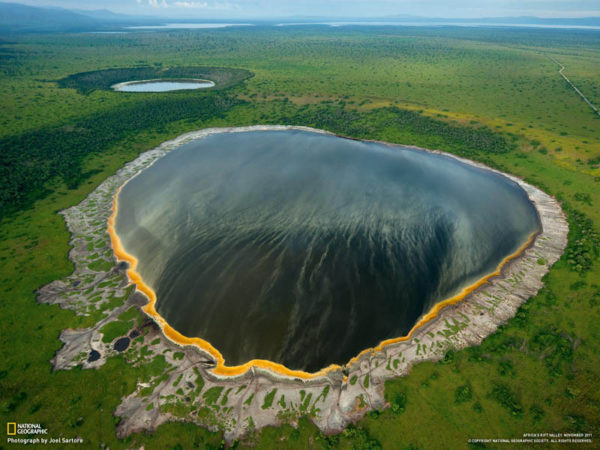The Forgotten Uganda Pyramids
Pyramids are probably one of the most unique architectural endeavors of ancient history that we can still see today. The pyramids of Egypt are very astounding in design and are probably the most known world-wide. However the number of pyramids in Sudan far out numbers those in Egypt by 85. Sudan has a great number of pyramids and is testament to the rich culture the Country had in its history.
There is however a pyramid in Uganda that is little known by the locals even in those living in the District of Maracha where it is located. In 1911, after the signing of an agreement between the then British Protectorate and the Belgian, the latter built a pyramid in Alikua village located in today’s District of Maracha. The Belgians built the pyramid to signify that they were the first white people to settle in the region.
It is believed to have a bottle with a paper in it on which is written the year in which they first settled in the area before the British colonialists. The Pyramid is 5 meters tall and is made of mud and stones. The structure is however now cracking and the plaster around it is worn out with old age. It was well protected about 3 decades ago as it was being funded by the Belgian government but is now rapidly being destroyed due to neglect. Some years back the structure was vandalized by people who thought mercury had been buried in it. Its caretaker is a 34 year old young man Mr. Alikua Oku who is not being paid a cent for his work.
The locals consider this a cultural heritage and one school in the region has it has its emblem. Early during the colonization by the British, the pyramid was heavily guarded by the protectorate soldiers when West Nile became part of the British Protectorate. The West Nile region was initially part of the then Zaire (now Democratic Republic of Congo) which was a colony of the Belgians. According to a local Mr. Gatabua, Weatherheads who was the District Commissioner during the British rule was killed when he and his soldiers attempted to carry out a cattle raid from the locals. He was shot and killed by the locals and buried just about 200 meters from the pyramid.
This is an example of how Uganda has failed to take advantage of its tourism potential. Tourism in Uganda is one of the fastest growing sectors at a rate of 21% and has grown by 50% in the last 10 years. Currently we have put more emphasis on gorilla tour in Bwindi impenetrable forest, with gorilla trekking bringing in over $3m annually.
